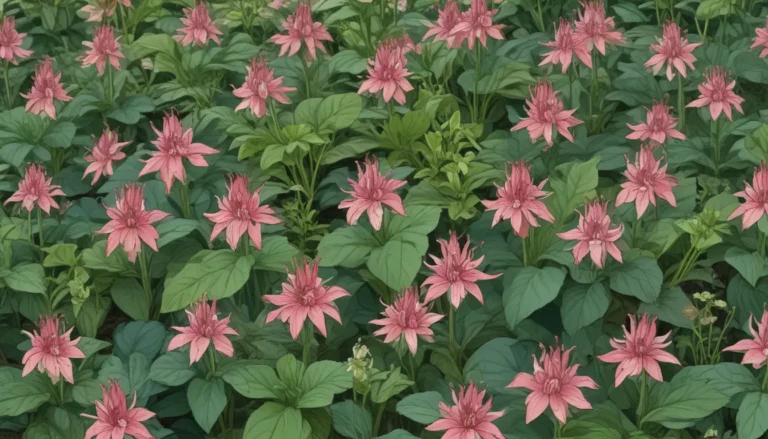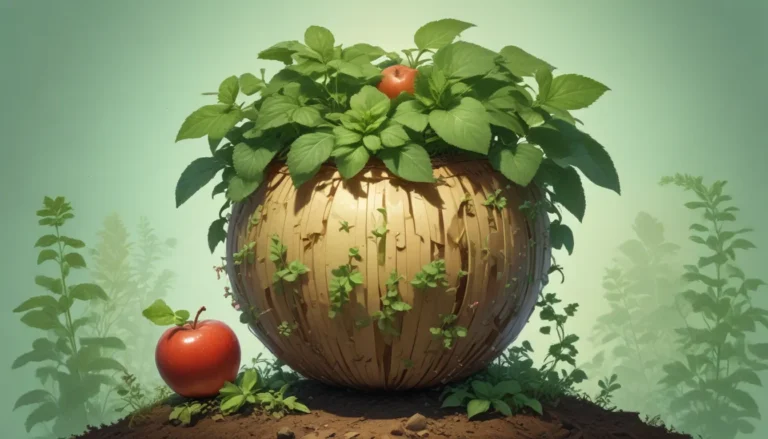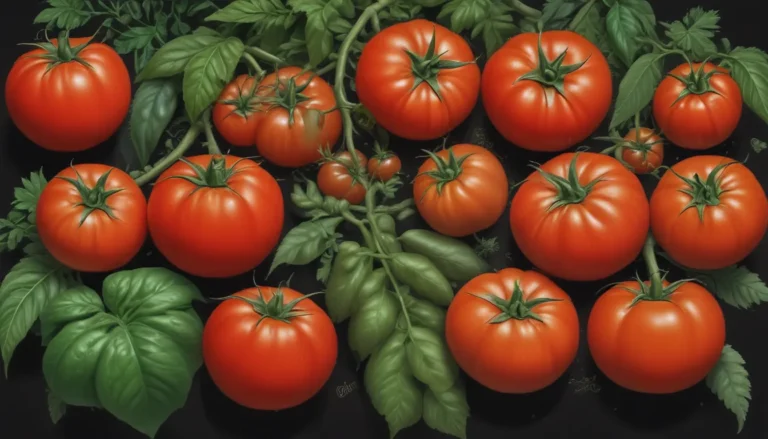Comprehensive Guide on Preventing and Treating Powdery Mildew on Pumpkin Plants

If you’re a pumpkin enthusiast like me, you might have noticed white spots appearing on the leaves and vines of your plants. The culprit behind this unsightly phenomenon is likely powdery mildew, a fungal disease that commonly plagues pumpkins. But fear not, because with the right knowledge and proactive care, you can prevent and treat this pesky problem effectively.
In this extensive guide, we’ll delve into the details of powdery mildew, its prevention and treatment options, and tips to keep your pumpkin plants healthy and thriving. Let’s dive in!
Understanding Powdery Mildew
Powdery mildew is a prevalent plant disease caused by various fungal species. While mature pumpkin plants may survive the infection, it can hinder fruit development and growth in young plants. The disease manifests as white spots on the leaves, eventually forming a powdery coating of fungal spores and mycelia.
Pumpkin powdery mildew is primarily caused by Podosphaera xanthii, prevalent in regions where pumpkins are cultivated. Symptoms usually appear in the summer, with white spots progressing to cover entire leaves, leading to leaf loss and sunscald of exposed fruits.
Conditions Favoring Infection
Contrary to most fungi, powdery mildew thrives in dry conditions with sufficient humidity for spore dispersion. Ideal infection temperatures range from 68 to 81°F, peaking during hot, dry days and humid nights. Overcrowded, shade-covered, and over-fertilized plants are more susceptible to the disease.
Weekly Plant Inspection
For effective disease management, inspect your plants weekly, focusing on older leaves, vines, and flower buds. Early symptom detection aids in prompt treatment and prevents the infection from spreading. Remember to differentiate powdery mildew from downy mildew, a water mold infection with distinct diagnostic features.
Treatment Options
Immediate action is crucial upon detecting powdery mildew to prevent severe damage. Treatments range from removing infected foliage to employing organic and conventional fungicides. Organic remedies such as milk sprays and biofungicides are effective, along with conventional fungicides with rotating modes of action.
Prevention Strategies
To mitigate plant susceptibility, practice cultural controls like adequate spacing, pruning, and proper irrigation techniques. Avoid over-fertilization, opt for resistant plant varieties, and rotate crops to prevent recurring infections. Diligent gardening practices are key to preventing and managing powdery mildew effectively.
By incorporating these proactive measures, you can shield your pumpkin plants from the ravages of powdery mildew. Planting resistant varieties, maintaining proper spacing, and timely treatment can help your pumpkins produce healthy fruits despite potential infections.
Have you encountered powdery mildew in your pumpkin patch? Share your experiences and strategies in the comments below!
For more insights on growing pumpkins, be sure to explore these helpful guides:
- How Do I Know When My Pumpkin Is Ripe? Picking and Harvest Tips
- 5 Reasons Why Your Pumpkin Isn’t Producing Fruit
- 5 Reasons Why Your Pumpkin Vine Isn’t Blooming
- How to Fix Wilting Pumpkin Plants: 11 Common Culprits
Remember, with the right knowledge and care, you can keep your pumpkin plants thriving and disease-free. Happy gardening!
Don’t Let Powdery Mildew Ruin Your Pumpkin Patch!
Learn how to identify, prevent, and treat this common fungal disease to ensure healthy pumpkins all season long. Get ready to tackle powdery mildew with confidence and keep your pumpkin plants flourishing!





